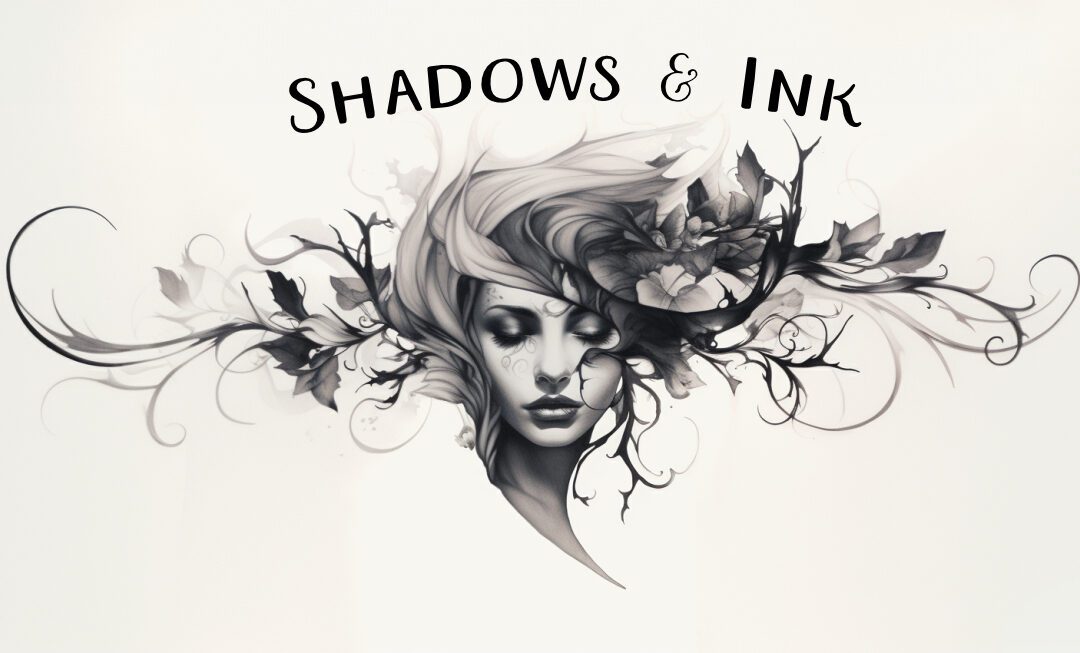Welcome back to the Shadows & Ink blog, where we not only explore the eerie and unknown but also hone our craft with advanced writing techniques. Today, we’re delving into a fascinating narrative device that can add depth, intrigue, and a thrilling layer of complexity to your stories: the unreliable narrator. Let’s explore how to effectively use this technique and then try it out with a hands-on writing exercise.
What is an Unreliable Narrator?
An unreliable narrator is a character who tells the story but whose credibility has been seriously compromised. This lack of reliability might be due to psychological instability, a powerful bias, deliberate deception, or even a lack of knowledge. Using an unreliable narrator can manipulate the reader’s perception and create a sense of mystery or suspense, making it a perfect tool for horror and psychological thrillers.
Examples in Literature
Classic examples include the disturbed narrator in Edgar Allan Poe’s “The Tell-Tale Heart,” who insists on his sanity while describing a murder he has committed, or the naive young governess in Henry James’ The Turn of the Screw, whose ghostly encounters may be real or imagined. More contemporary examples are the narrator in Gillian Flynn’s Gone Girl, whose deceit unfolds spectacularly, or the narrator of Chuck Palahniuk’s Fight Club, whose reality distorts as the plot progresses.
The Exercise: Crafting Your Unreliable Narrator
Now, let’s put this technique into practice. This exercise will help you develop a short scene or story featuring an unreliable narrator. Follow these steps to create a compelling narrative:
Step 1: Choose Your Narrator’s Weakness
Decide what makes your narrator unreliable. Are they lying to protect someone? Do they have a flawed perception of reality due to a mental or emotional condition? Or are they simply misinformed about the true nature of events?
Step 2: Establish the Setting
Set the scene. Choose a setting that complements the unreliable nature of your narrator. A haunted house could mirror a distorted mind, or a crowded party could blur the lines between reality and perception.
Step 3: Create a Conflict
Introduce a conflict or event that is central to the story but is skewed by the narrator’s unreliability. How does the narrator describe the events compared to what might be happening in reality?
Step 4: Play with Perception
As you write, sprinkle clues that something isn’t quite right. Perhaps other characters question the narrator’s version of events, or there are small inconsistencies in the story they tell.
Step 5: Reveal the Twist
Conclude with a revelation that challenges the reader’s perception of the narrator or the events of the story. This could be a sudden twist that realigns the reader’s understanding of the story or a gradual unveiling that leaves the reader questioning what’s real.
Writing Prompt
Imagine a character who is convinced their house is haunted. As strange incidents occur, the character recounts their experiences with increasing fear. However, the character’s perceptions are distorted by severe insomnia. Write a 500-word scene from their point of view.
This exercise not only stretches your creative muscles but also deepens your understanding of how perspective shapes a story. An unreliable narrator can transform a straightforward narrative into a puzzling and engaging tale that invites readers to look beyond the surface.
By mastering the art of the unreliable narrator, you’ll add a powerful tool to your writing arsenal, perfect for crafting stories that linger in the minds of your readers long after the last page is turned.
That’s it for now. Don’t forget to check out my latest release, Shadows & Ink Vol.2:

Until next time,
Joe Mynhardt

